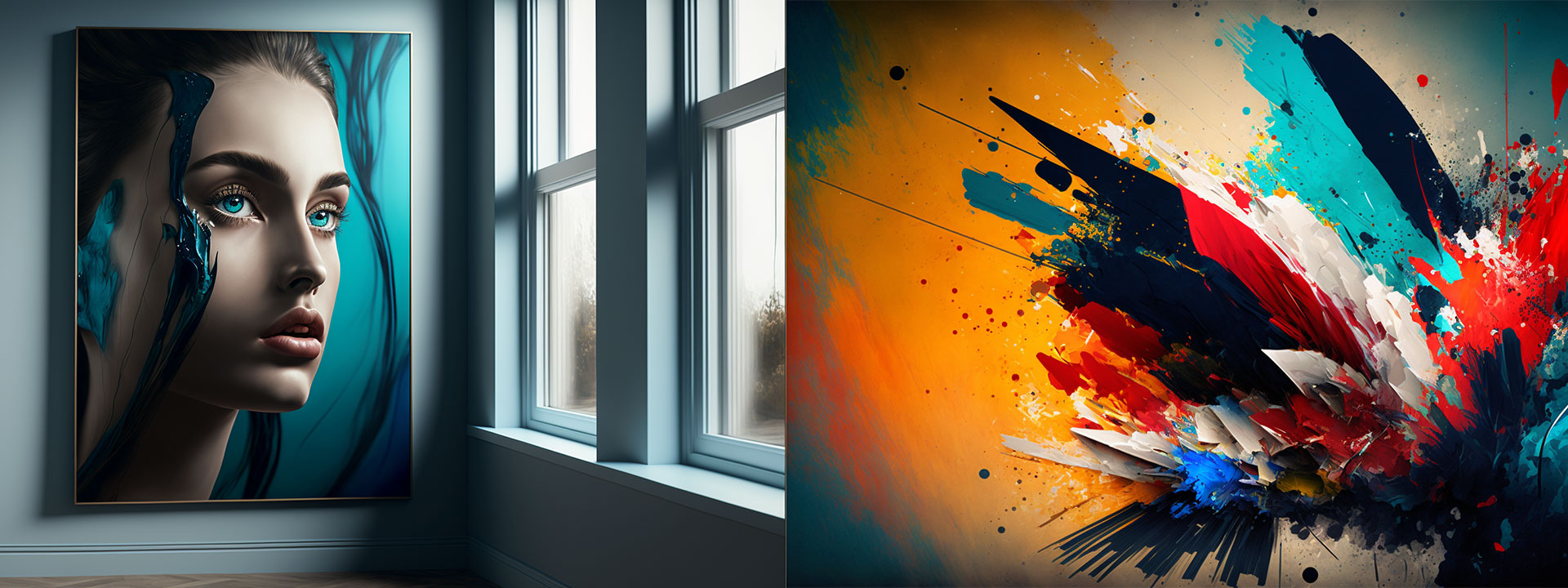Comparing Contemporary Art to Abstract Expressionism

Contemporary Art and Abstract Expressionism share some important similarities, but also have clear differences. The former is a reaction to the mass production of the Industrial Revolution. With the introduction of new technologies and the mass production of artworks, a movement started in which artists rejected mass production and created artworks for only the rich and famous. This movement is commonly known as contemporary art.
On the other hand, abstract expressionism is a style of painting that was developed by artists who were influenced by the cubist movement. In cubist paintings, there were several subjects and a few views that were combined into one work. In abstract expressionism, the subjects are flattened, and their features are made indistinct. There are no visible perspectives, and they are often painted in dark tones. This style of painting was popular during the middle of the 20th century, especially in America.
Although these two movements seem to be different, they do have some things in common. For example, both movements were concerned with expressing human emotions. Both movements were very influential on the art world, and both were very popular. They both have had a large impact on contemporary art as well. However, there are many differences between contemporary art and abstract expressionism.
First of all, although both movements had an impact on the art world, it seems that abstract expressionism had more of an impact on it. It was the dominant movement in the art world from the early 1930s to the early 1950s, and its influence is still seen in many contemporary artists today. This may be because abstract expressionism had more influence on the people than contemporary art.
Secondly, contemporary art was a reaction to the industrial revolution. However, abstract expressionism wasn’t a reaction to anything. This might be because cubism was the dominant movement in Europe at that time, and abstract expressionism didn’t really begin to develop until after the Second World War. In fact, it was said that many of the cubist artists tried to distance themselves from abstract expressionism, which began to take over the art world during the mid-20th century.
Finally, it was said that abstract expressionism was a more natural style of painting. It is said that it was more of an expression of the artist’s emotions than of their thoughts.
A few artists who define Contemporary Art
Contemporary art refers to art that is being produced in the present day and includes a wide range of styles, mediums, and approaches. Some of the most well-known contemporary artists include:
- Ai Weiwei
- Banksy
- Maurizio Cattelan
- Paul Klee
- Yayoi Kusama
- Jeff Koons
- Chris Ofili
- Gerhard Richter
- Neo Rauch
- Cindy Sherman
These artists are known for their use of diverse mediums and techniques, such as installation art, performance art, video art, and digital art, as well as their engagement with social and political issues.
A few artists who defined Abstract Expressionism
Abstract Expressionism was a movement in modern art, primarily in painting, that emerged in the 1940s in New York. Some of the most well-known artists associated with Abstract Expressionism include:
- Jackson Pollock
- Willem de Kooning
- Mark Rothko
- Clyfford Still
- Barnett Newman
- Adolph Gottlieb
- Franz Kline
- Arshile Gorky
- Robert Motherwell
- David Smith
These artists were known for their gestural brushstrokes and expressive use of paint, as well as their focus on emotion and the unconscious mind in their work. Abstract Expressionism had a major influence on the development of other art movements, such as Color Field painting and Minimalism.

Recent Comments